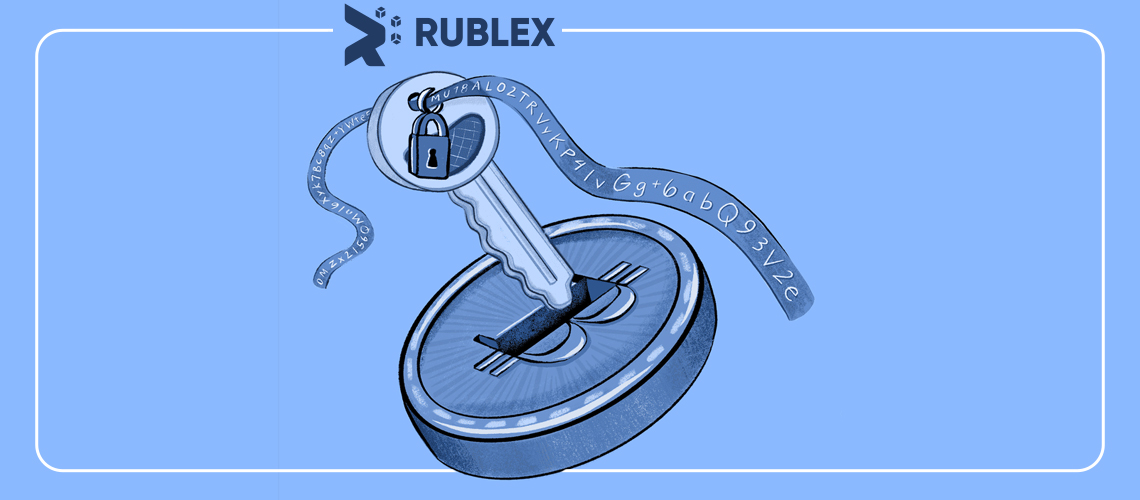With the continuous advancement of AI capabilities, the verification of real-world images, videos, and content may increasingly rely on blockchain solutions. Nodle, a decentralized infrastructure network provider, is collaborating with industry leaders like Adobe and the Linux Foundation to leverage blockchain technology in authenticating content captured by various devices.
In an interview with Cointelegraph
Garrett Kinsman, the co-founder of Nodle, discussed the upcoming software development kit (SDK) for their ContentSign solution. This SDK aims to ensure data integrity from the moment of capture through blockchain technology.
Nodle is actively contributing ContentSign to the Content Authenticity Initiative, a collaborative effort led by Adobe and the Linux Foundation, aimed at establishing a future standard for verifying media authenticity.
As previously examined by Cointelegraph, Nodle’s primary offering revolves around a network that utilizes smartphone Bluetooth connectivity. This network rents computing power, storage, and leverages the Bluetooth capabilities of devices to expand the reach of Internet of Things networks.
Kinsman explains that ContentSign is positioned to be an integral component of this overall strategy, verifying that a physical camera or device has indeed recorded a particular piece of visual media along with its associated metadata. He elaborates on the process, stating, “This verification is achieved through a stamp that provides evidence that an authentic camera recorded the video. The video is digitally signed using the private key exclusive to this camera, and a representation of the video is permanently stored on a blockchain.”
Valuable technology
Kinsman illustrates this concept with a hypothetical scenario in which a journalist employs a camera equipped with ContentSign technology to capture a video or picture of a breaking news event:
“As the video is being recorded, ContentSign guarantees that it receives a distinct stamp and is digitally signed using the camera’s exclusive private key.”
Following this process, the representation of the video is converted into a nonfungible token (NFT) on the Nodle blockchain. This cryptographic signature serves as proof that the content’s origin is legitimate and hasn’t undergone any manipulation or artificial generation.
Kinsman further reveals that the current version of the service simulates this process on a mobile phone using ContentSign’s SDK. However, he envisions future implementations to incorporate technology akin to secure elements found in cryptocurrency hardware wallets, stating, “In the future, the camera will integrate a secure element, similar to what you can find in a Ledger hardware wallet.“
Blockchain solutions like ContentSign are becoming increasingly essential as the prevalence of AI-generated content rises, creating a demand for tools that can differentiate between genuine and fabricated content.
“Blockchains, characterized by their decentralization, transparency, resistance to censorship, and immutability, offer a fundamental framework for establishing authenticity,” Kinsman emphasizes.
He also reveals that ContentSign is actively being considered as a solution for the insurance industry, particularly in the context of processing claims accurately and maintaining data integrity. ContentSign’s role in this context is to ensure that visual evidence submitted for insurance claims is authentic, free from tampering, and not artificially generated by AI.





